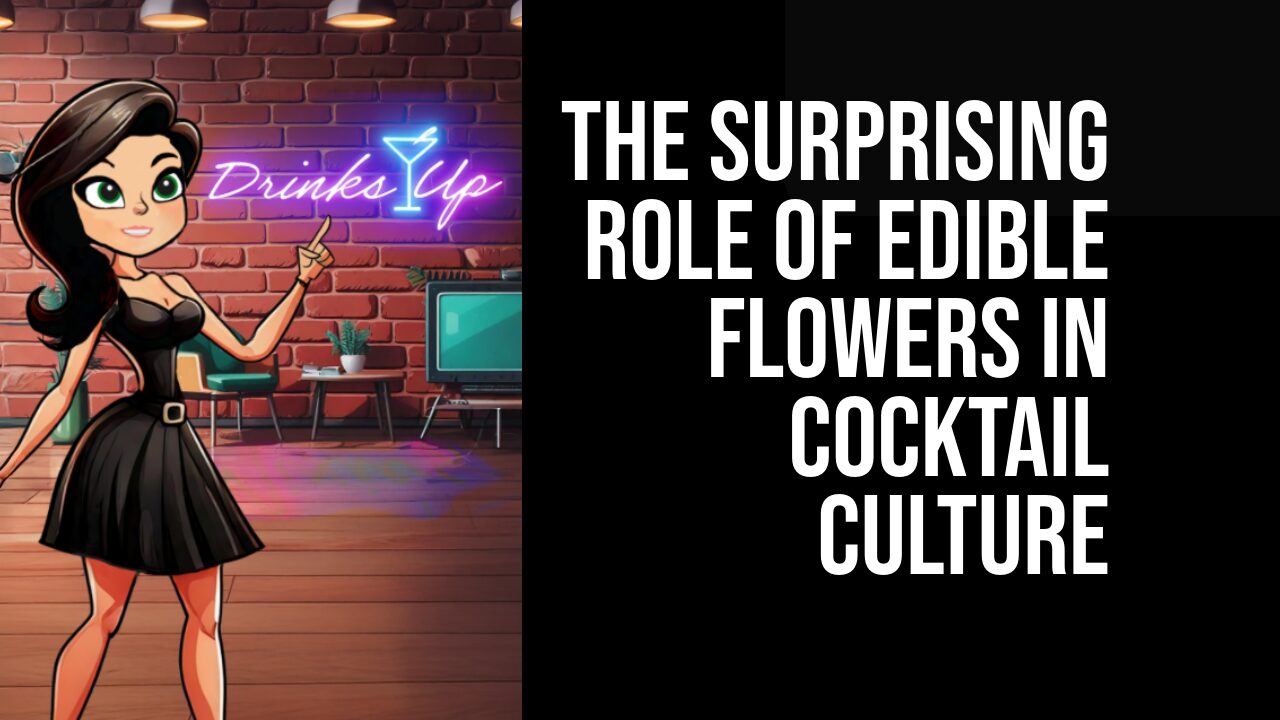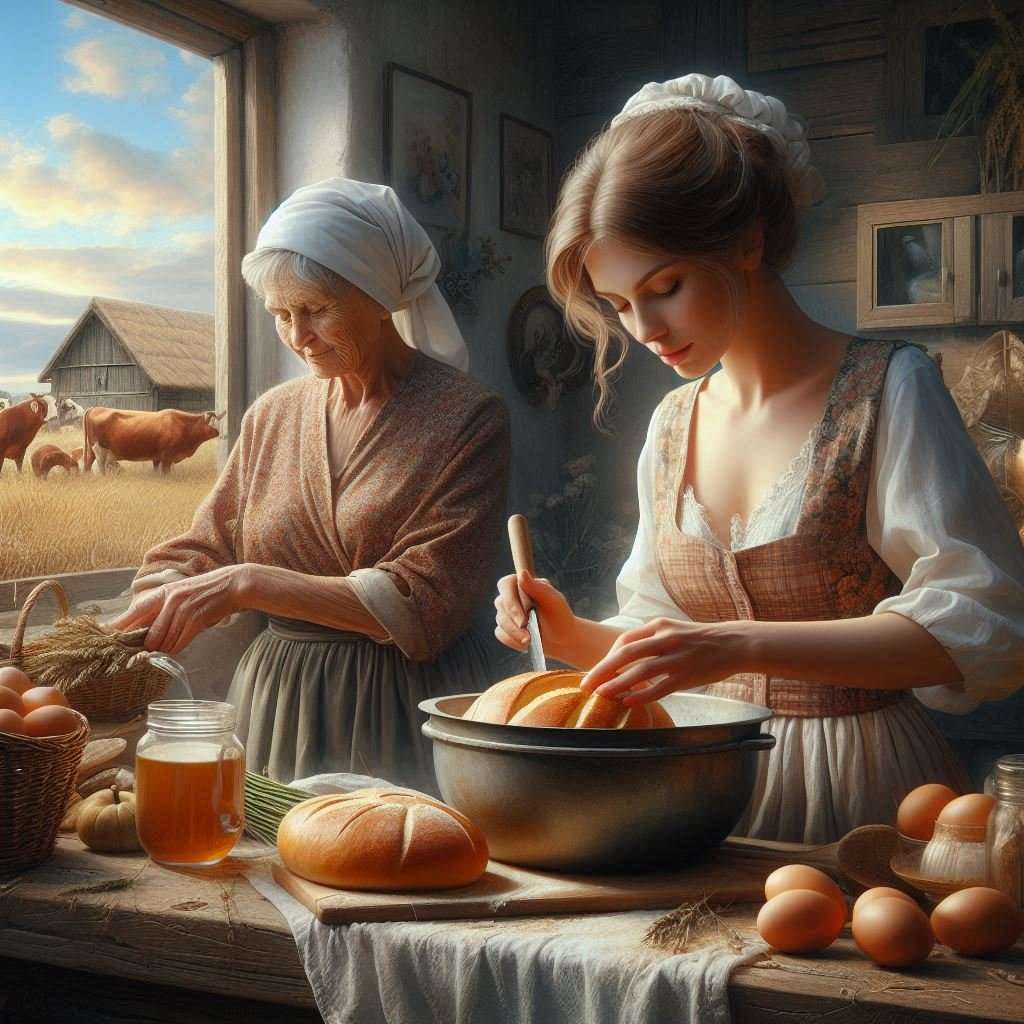Edible Flowers in Cocktail Culture
The Surprising Role of Edible Flowers in Cocktail Culture
Table of Contents
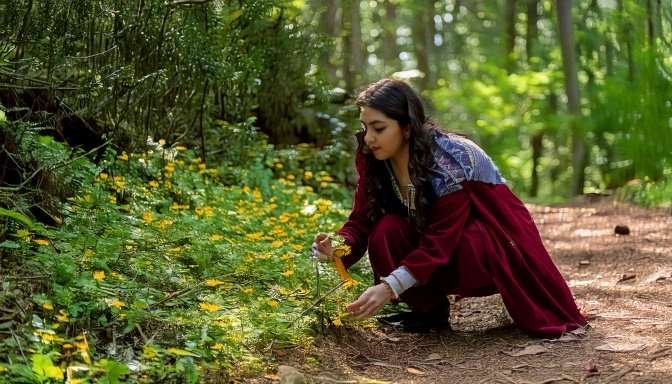
The use of edible flowers in cocktails dates back to ancient times, with evidence of their use in drinks found in various cultures around the world. In ancient Rome, for example, flowers such as roses and violets were used to infuse wine and create floral-flavored beverages. In the Middle Ages, monks and herbalists used flowers like lavender and chamomile to create medicinal tinctures and cordials, which eventually found their way into cocktails.
The Victorian era saw a resurgence of interest in edible flowers, with elaborate floral garnishes adorning cocktails at high society gatherings. Today, the use of edible flowers in cocktails has experienced a renaissance, with mixologists and home bartenders alike incorporating them into their creations to add a touch of elegance and flavor.
The history of edible flowers in cocktails is a testament to the enduring appeal of these delicate and aromatic blooms. From ancient civilizations to modern-day mixology, the use of flowers in drinks has been a constant thread throughout history. As the cocktail renaissance continues to evolve, the use of edible flowers in drinks is likely to remain a popular and enduring trend.
How to Select and Prepare Edible Flowers for Cocktails
When selecting edible flowers for cocktails, it’s important to choose varieties that are safe for consumption and free from pesticides or other harmful chemicals. Look for flowers that are labeled as “edible” or “food grade” at your local farmers’ market or specialty grocery store. It’s also important to ensure that the flowers have been grown specifically for culinary use, as some flowers sold at florists or garden centers may have been treated with chemicals that make them unsafe to eat.
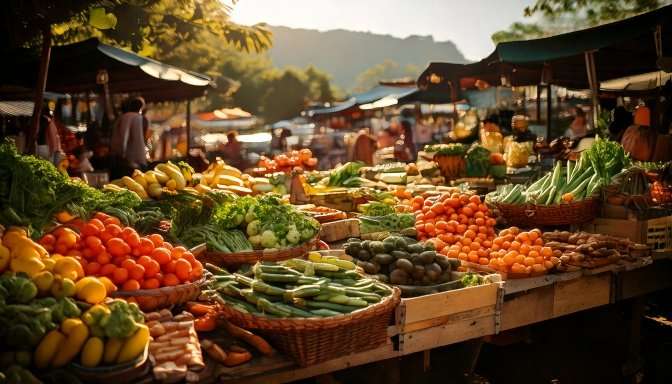
Once you’ve selected your edible flowers, it’s important to prepare them properly for use in cocktails. Gently rinse the flowers under cold water to remove any dirt or debris, then pat them dry with a clean kitchen towel. Remove any stems, leaves, or pistils from the flowers, as these parts can have a bitter or unpleasant flavor. Edible flowers can be used whole as a garnish, or they can be infused into syrups or spirits to add their delicate flavors to cocktails.
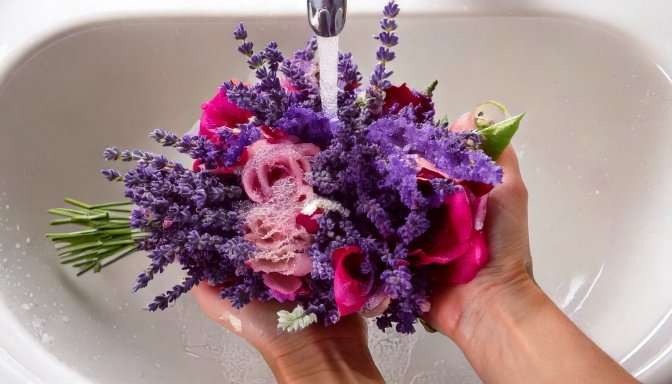
Popular Edible Flowers for Cocktail Garnishes
There are many different types of edible flowers that can be used as garnishes for cocktails, each with its own unique flavor and aroma. Some popular choices include roses, violets, lavender, chamomile, hibiscus, and nasturtiums. Roses have a sweet, floral flavor that pairs well with gin or vodka-based cocktails, while violets have a delicate, slightly sweet flavor that complements champagne or sparkling wine. Lavender and chamomile both have calming, herbaceous flavors that work well in cocktails with whiskey or rum, while hibiscus adds a tart, fruity note to drinks like margaritas or mojitos. Nasturtiums have a peppery, slightly spicy flavor that can add a kick to tequila or mezcal-based cocktails.
When using edible flowers as garnishes for cocktails, it’s important to consider both their flavor and appearance. Choose flowers that complement the flavors of the drink and add visual interest to the presentation. For example, a bright red hibiscus flower can add a pop of color to a tropical cocktail, while delicate violet petals can lend an air of elegance to a champagne cocktail.
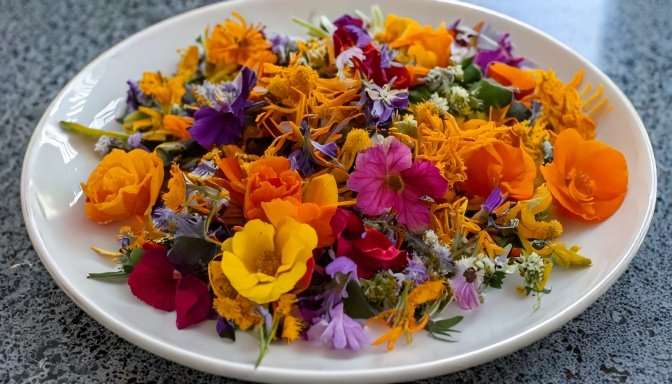
Edible Flower Infusions and Syrups for Cocktails
In addition to using edible flowers as garnishes, they can also be infused into spirits or syrups to add their flavors to cocktails. To make an edible flower infusion, simply place clean, dry flowers in a jar and cover them with a neutral spirit like vodka or gin. Let the flowers steep in the spirit for several days, then strain out the solids and use the infused spirit in cocktails. Edible flowers can also be used to make floral syrups by simmering them with sugar and water until the flavors are infused into the syrup.
Some popular edible flower infusions and syrups for cocktails include rose-infused vodka, lavender-infused gin, hibiscus syrup, and chamomile honey syrup. These floral infusions and syrups can add depth and complexity to cocktails, as well as a beautiful floral aroma and flavor.
Local Spotlight
- Greenlady’s Hermitage
- Address:
111 N Main St, Cape Girardeau, MO, United States, Missouri- Bulk Herbs, Tinctures and More
- Address:
- Smoore’s Artisan Confections
- Address:
709 Broadway , Cape Girardeau, MO, United States, Missouri- Extracts & Sugars
- Address:
Creative Cocktail Recipes Using Edible Flowers
For those looking to experiment with edible flowers in their cocktails, there are endless possibilities for creating new and innovative drinks. Try adding rose-infused vodka to a classic martini for a floral twist on a timeless cocktail, or use lavender-infused gin in a French 75 for a fragrant and elegant drink. The possibilities are truly endless when it comes to incorporating edible flowers into cocktail recipes.
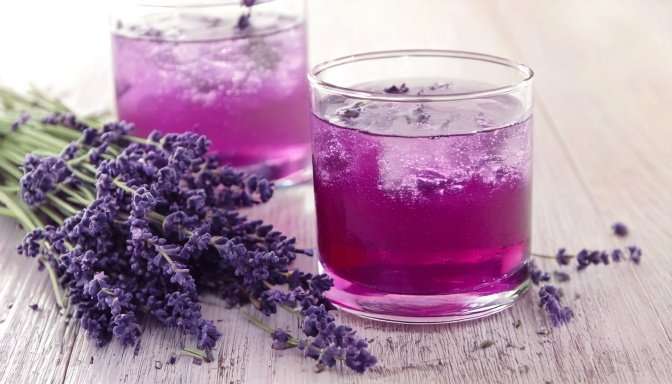
There are countless creative cocktail recipes that incorporate edible flowers in unique and delicious ways. One popular cocktail that features edible flowers is the classic Aviation cocktail, which includes gin, maraschino liqueur, lemon juice, and crème de violette—a violet-flavored liqueur that gives the drink its signature pale purple color and floral aroma. Another popular cocktail that features edible flowers is the hibiscus margarita, which combines tequila, hibiscus syrup, lime juice, and triple sec for a refreshing and vibrant drink.
The Health Benefits of Using Edible Flowers in Cocktails
In addition to their beautiful appearance and delightful flavors, edible flowers also offer a range of health benefits when used in cocktails. Many edible flowers contain antioxidants and other beneficial compounds that can support overall health and well-being. For example, roses are rich in vitamin C and other antioxidants that can help boost the immune system and protect against oxidative stress. Lavender has been used for centuries as a natural remedy for anxiety and insomnia, thanks to its calming and sedative properties. Chamomile is another flower with well-documented health benefits, including anti-inflammatory and digestive support.
When used in moderation and in combination with other healthy ingredients, edible flowers can be a delightful way to add both flavor and nutrition to cocktails. However, it’s important to remember that some people may have allergies or sensitivities to certain types of flowers, so it’s always best to exercise caution when using them in drinks.
Tips for Growing and Harvesting Your Own Edible Flowers for Cocktails
For those who are interested in growing their own edible flowers for cocktails, there are several tips to keep in mind to ensure success. First, it’s important to choose varieties of flowers that are safe for consumption and free from pesticides or other harmful chemicals. Many common garden flowers such as roses, violets, lavender, and chamomile are safe for culinary use when grown without chemical treatments.
When growing edible flowers for cocktails, it’s important to provide them with the right growing conditions to ensure healthy and flavorful blooms. Most edible flowers prefer full sun and well-drained soil, so be sure to plant them in a sunny spot with good drainage. It’s also important to water them regularly and provide them with the nutrients they need to thrive.
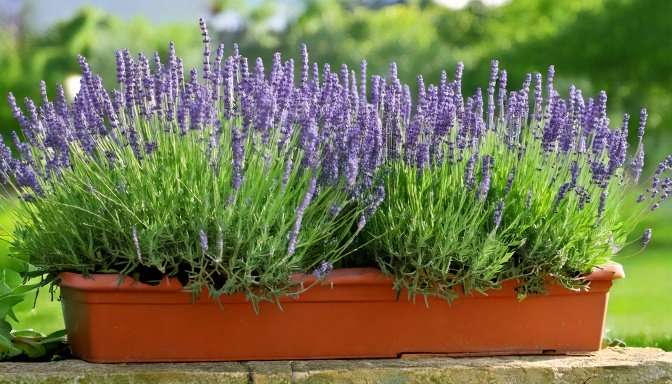
When harvesting edible flowers for use in cocktails, it’s best to pick them in the morning when their flavors are most concentrated. Gently pluck the blooms from the plant and rinse them under cold water before using them in drinks. With proper care and attention, growing your own edible flowers for cocktails can be a rewarding and enjoyable experience that adds a personal touch to your drinks.
In conclusion, the use of edible flowers in cocktails has a rich history that spans cultures and centuries. From ancient Rome to modern mixology, these delicate blooms have been prized for their beauty, flavor, and health benefits. Whether used as garnishes, infusions, or syrups, edible flowers offer endless possibilities for creating unique and delicious cocktails. By selecting and preparing edible flowers with care, experimenting with creative recipes, and growing your own blooms at home, you can elevate your cocktail game with the addition of these delightful floral ingredients.
Cheers to the beauty and flavor of edible flowers in cocktails!
-Mixie
Additional Research
Edible flowers are experiencing a significant surge in popularity, driven by trends in health-conscious eating, gourmet dining, and the desire for unique flavors and aesthetics.
Here are some key trends and insights:
Trends in Edible Flowers
- Growing Demand and Market Expansion: The edible flowers market was valued at USD 1.2 billion in 2024 and is projected to reach USD 3.0 billion by 2035, with a CAGR of about 8.7% between 2025 and 2035. This growth is fueled by increasing consumer interest in natural, organic, and plant-based ingredients1.
- Health and Wellness: Edible flowers like lavender and chamomile are recognized for their health benefits, including anti-inflammatory properties and calming effects. This aligns with the broader trend of seeking functional foods and natural wellness solutions1.
- Gourmet and Fine Dining: Edible flowers are becoming integral in upscale dining experiences, adding aesthetic appeal and unique flavors to dishes and cocktails. This trend is driven by the premiumization of food service offerings1.
- Floral Flavors in Desserts: There is a rising demand for floral flavors in desserts, with flowers like rose, jasmine, and lavender being used in ice creams, chocolates, and cakes. This trend reflects consumers’ interest in unique and exotic flavors1.
- Sustainability and Local Sourcing: The demand for locally sourced and sustainable ingredients is driving the growth of the edible flowers market, particularly in regions like North America1.
- Cultural and Historical Significance: In regions like Asia-Pacific, edible flowers have a long cultural history, which contributes to their popularity in traditional beverages and dishes1.
Popular Edible Flowers
- Roses: Often used in desserts and beverages, roses are a favorite among chefs and consumers alike7.
- Lavender: Known for its calming properties and used in sweet dishes like cupcakes6.
- Hibiscus: Commonly used in teas and beverages for its health benefits1.
- Jasmine: Popular for its floral flavor in desserts and drinks1.
- Orchids: Many species are edible and offer a range of flavors2.
Future Outlook
The future of edible flowers looks promising, with opportunities for growth in wellness foods, gourmet cooking, and sustainable agriculture. As consumers continue to seek natural and unique ingredients, the demand for edible flowers is expected to rise across various culinary and wellness applications.
Citations:
- https://www.metatechinsights.com/industry-insights/edible-flowers-market-1341
- https://floristsreview.com/a-florist-guide-to-edible-flowers/
- https://thesybarite.co/edible-flower-trend
- https://www.baltimoremagazine.com/section/fooddrink/edible-flower-trend-baltimore-restaurants-foraged/
- https://simplylivingwell.com/blog-garden/my-favorite-edible-flowers
- https://www.reddit.com/r/gardening/comments/zzw772/edible_flowers_with_the_uptick_in_photos_of_food/
- https://simplespring.com/edible-in-focus-exploring-grower-trends-in-the-floral-industry/
- https://www.foodnavigator-usa.com/Article/2021/12/08/From-sea-moss-to-edible-flowers-Tastewise-spotlights-eight-food-trends-for-2022/


